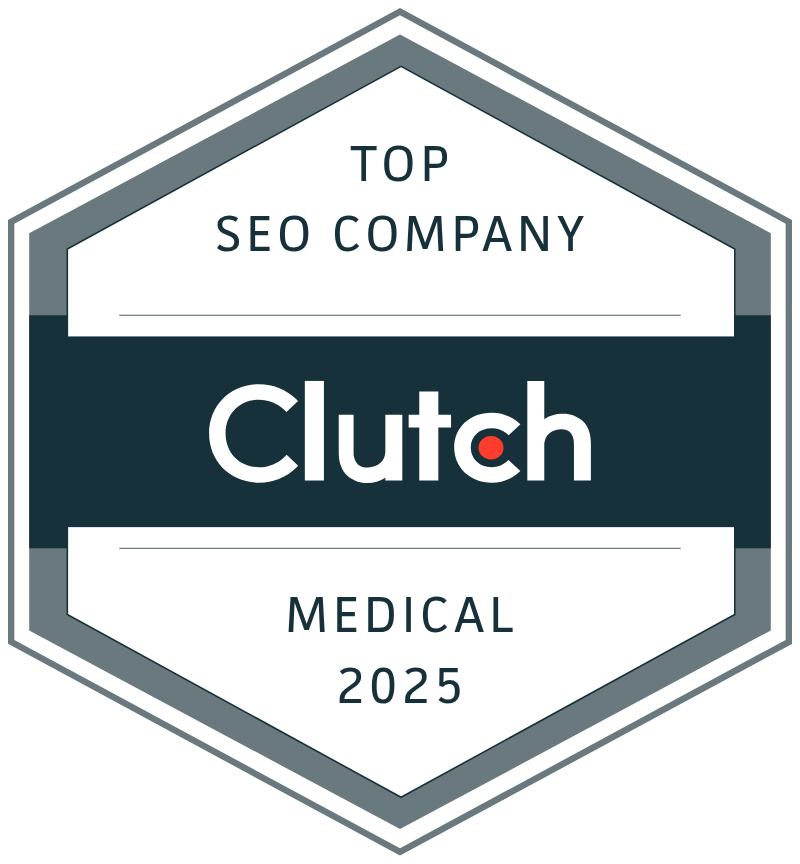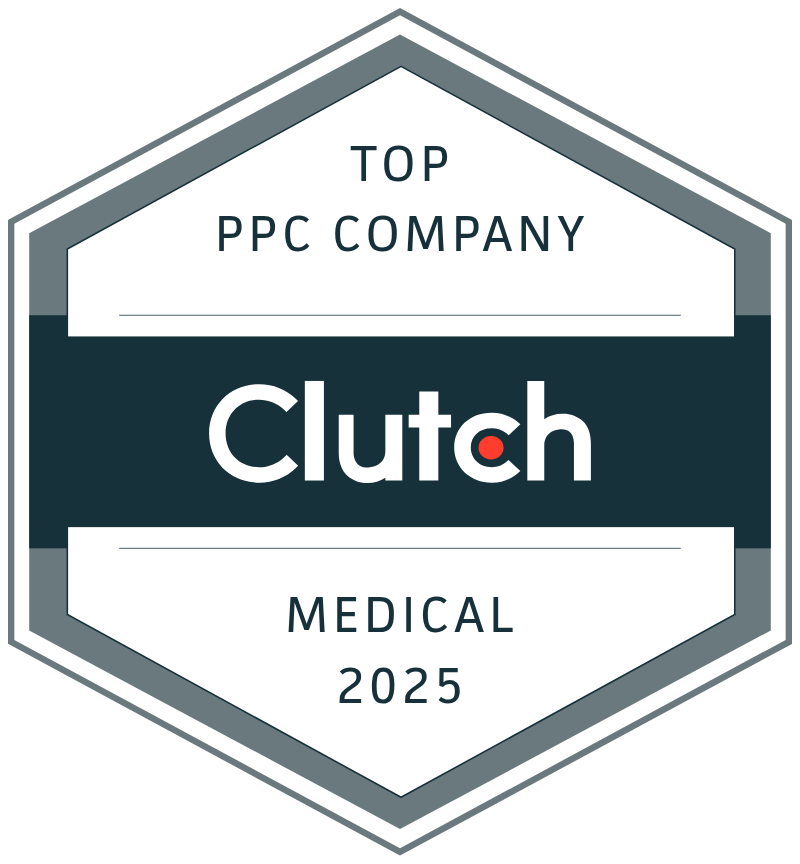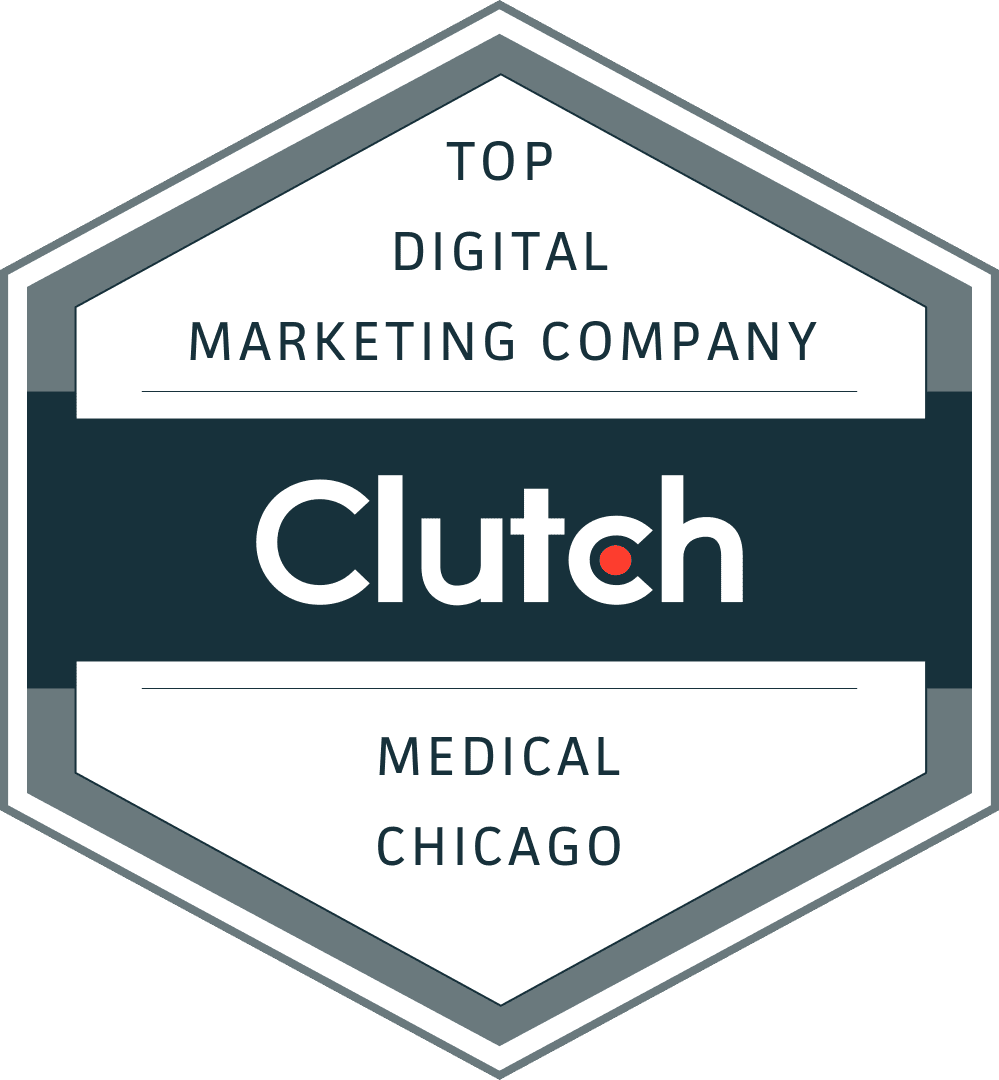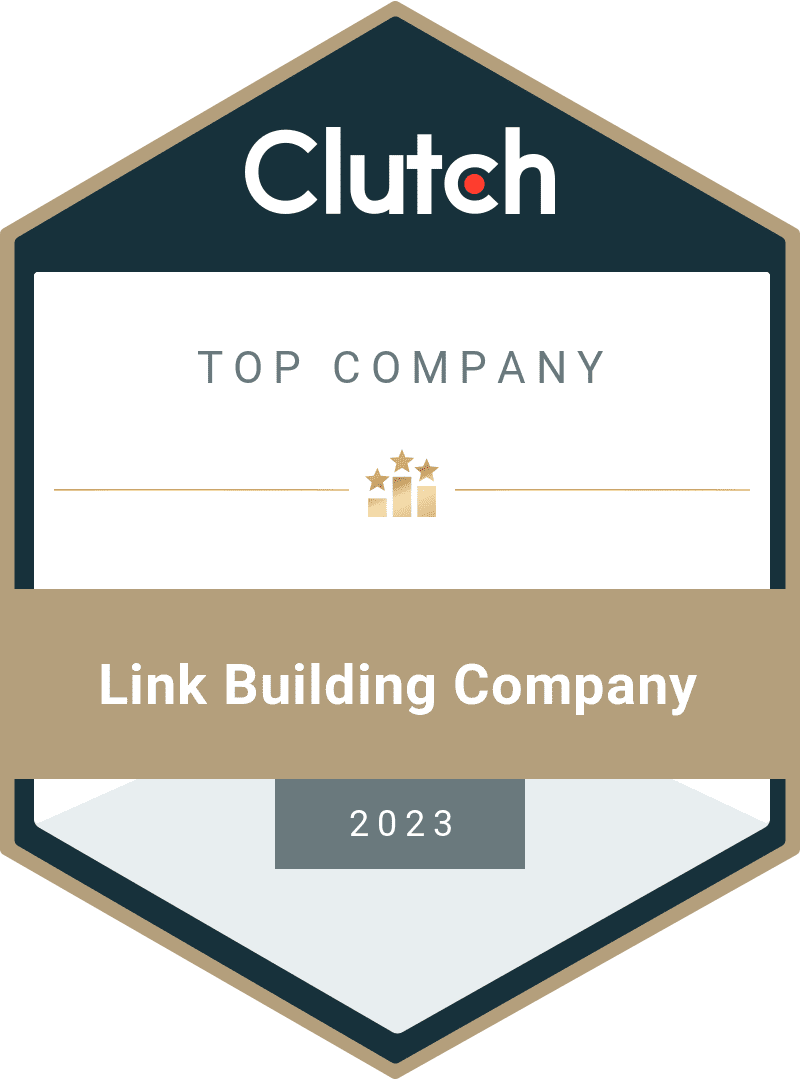
Healthcare is a highly competitive market. To thrive, hospitals need websites just as much as clinics and practice gr...
Built an ADA-compliant website for a government-focused SaaS company
Helped a leading environmental monitoring solutions company optimize their site and increase leads by 80%
Developed an e-learning portal used by over 35,000 students worldwide
.png')
Schedule a consultation with a DAP expert today and find out what we can do for your business.









According to HubSpot, 77% of patients begin their journey to healthcare providers through online searches. Marketing attempts to reach prospects where they are. Patients and prospective patients are online. Unlike traditional marketing which intrudes on individuals’ space through television, radio, and billboards, search displays content to users actively seeking answers to questions and solutions to problems.
We’re a full-service healthcare marketing agency serving leading healthcare brands including Blue Cross/Blue Shield, Athena Health, and Omron. We’re “Best Digital Agency Award” winners, “Workplace Diversity Award” winners, and our healthcare work has won prestigious awards from TIME magazine and The Web Marketing Association. Through the 12,500+ pieces of content and 750+ backlinks we generate each year, we’ve produced 40,000 first position keyword results for clients. Our SEO efforts drive 1.5 million visitors to clients’ websites each month. Get in touch.
Book a meeting directly here
Marketing helps shape public awareness and perception of your organization. Favorable public opinion leads to more business.
Marketing communicates your mission, vision, and values not only externally, but internally as well. Internal marketing promotes and inspires employee alignment with your mission, vision, and values.
Patient-centric marketing listens to the needs of patients and prospective patients and communicates your commitment to satisfying those needs above and beyond competitors.
Patients and prospective patients have questions about healthcare. They have problems and want solutions. Where do they find information? Most people search for answers online.
SEO gives you the opportunity to get found online when people search. Ranking in the top three search results is vital because those spots get 75% of all clicks.
Search engines have made it clear what they’re looking for when displaying top results. Their goal is to provide users with the best experience most relevant to their queries. Over time, search engines have developed over 200 metrics helping them determine which pages are most relevant and provide the best user experience.
SEO is the art of understanding what users want, creating high-quality content, and optimizing pages and websites for users.
Healthcare SEO campaigns include research and analysis; strategy and tactics; content calendars and content production; off-page, on-page, and technical SEO; local listings and citations.
Hospitals often choose to optimize around specific services or initiatives because the range of services and populations they serve is broad.
Hospital SEO can work with offline initiatives such as PR or traditional advertising. In most cases, hospital SEO involves significant local and technical optimization.
The best relationships rely on frequent, positive communication. Ideally, your marketing should take advantage of opportunities to frequently communicate your value to patients and prospects. Hospital marketing strategy creates and maintains top-of-mind awareness, favorable brand impression, and trust.
Your overall strategy communicates your mission and vision. Channel strategies involve the channels you’ll use in marketing. SEO is a digital marketing channel. We recommend an omni-channel approach combining high-value digital channels with traditional marketing and public relations.
SEO is a great place to start. 77% of patients begin their provider journey online. Organic traffic drives an average of 53% of all site traffic. On average healthcare SEO returns $9 for every dollar spent. Hubspot reports average lead cost via SEO at $50/lead (compared with $126 via pay-per-click [PPC]).
Improving hospital marketing strategies starts with understanding the needs of populations you serve. Taking a patient-centric approach to answering questions, solving problems, and marketing through processes and opportunities that make life easier is an evergreen approach to effective marketing.
Hospitals can add to their patient base through SMART marketing — Specific, measurable, attainable, realistic and timely. Through identifying channels with the greatest opportunities for creating top-of-mind awareness, brand identification, and trust. In SEO and PPC channels, people are actively searching for answers and solutions. Both channels provide opportunities for reaching prospects with a high chance of conversion. The differences? PPC is faster, but costs more and results stop the moment you stop spending. SEO is a long-term strategy with compounding value resulting in nearly double the return on investment (ROI) of PPC.
Questions about your next SEO project? Schedule a consultation with a DAP expert today and find out what we can do for your hospital's SEO needs.


Healthcare is a highly competitive market. To thrive, hospitals need websites just as much as clinics and practice gr...

When people are looking for services in their area, such as a hospital, they’re likely to turn to Google. With ...

Hospitals can drive more traffic and support organic online marketing strategies with high-impact pay-per-click ads. ...